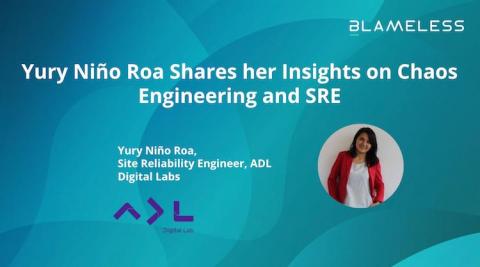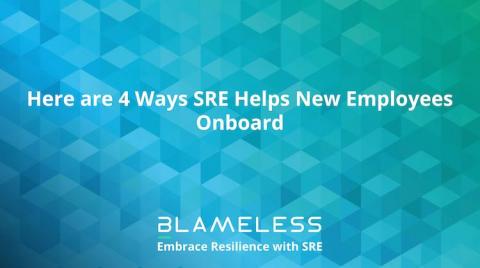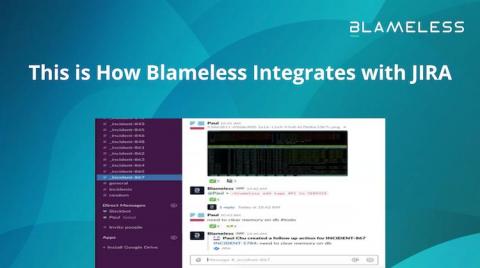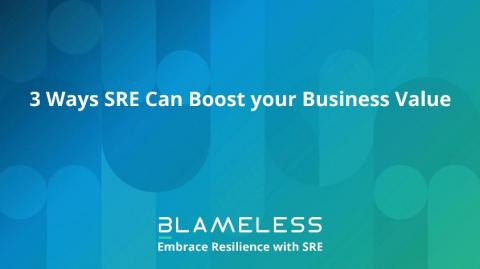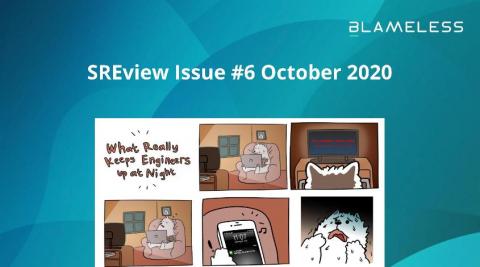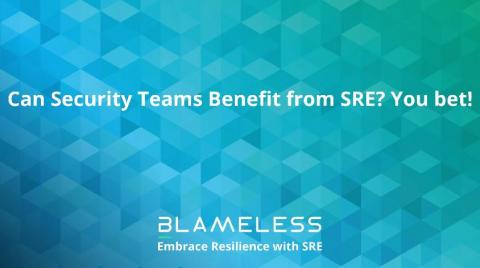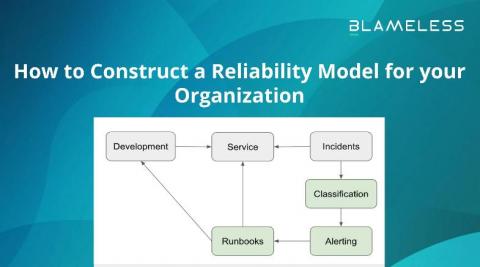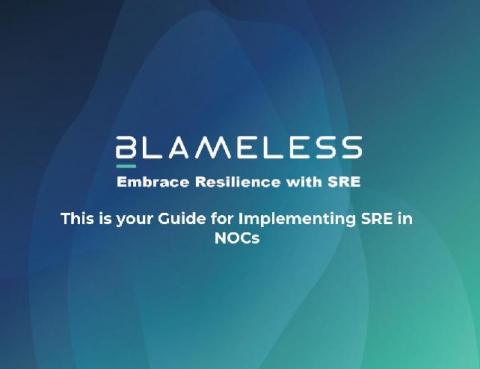Yury Niño Roa Shares her Insights on Chaos Engineering and SRE
Blameless recently had the pleasure of interviewing Yury Niño Roa, Site Reliability Engineer, Solutions Architect and Chaos Engineering Advocate at ADL Digital Labs. She’s worked in roles ranging from solutions architect, to software engineering professor, to DevOps engineer, to SRE. Additionally, Yury is an avid blogger and conference speaker who regularly presents at events such as Chaos Conf, DevOpsDays Bogotá, and more.


